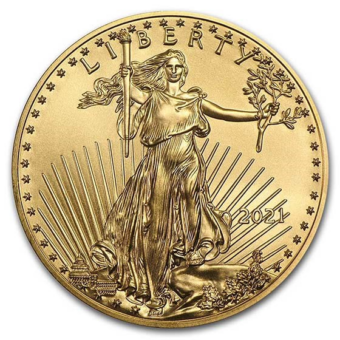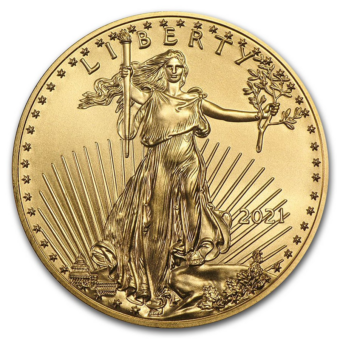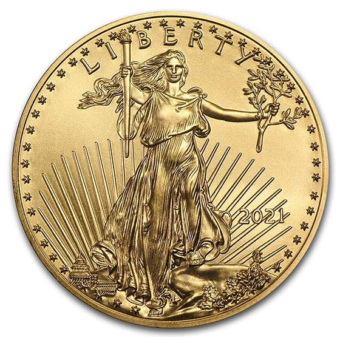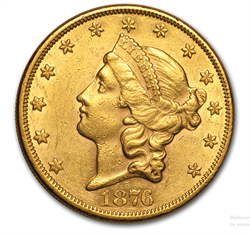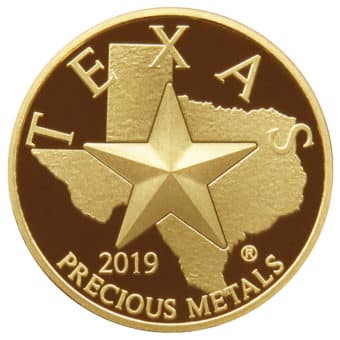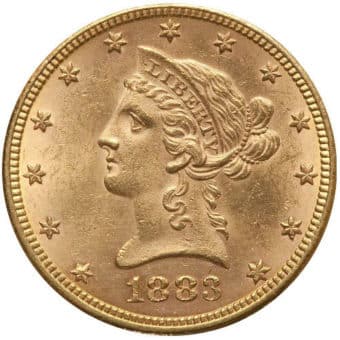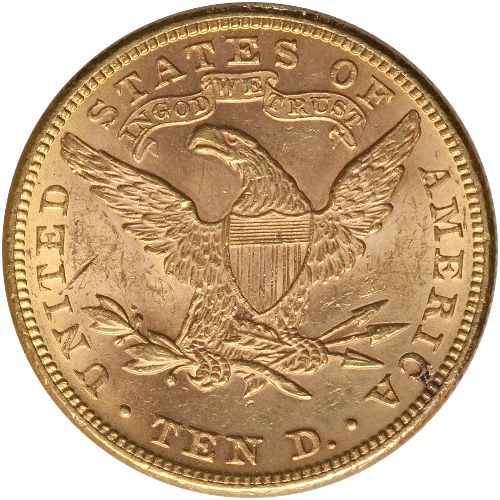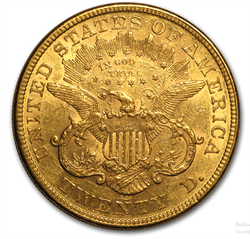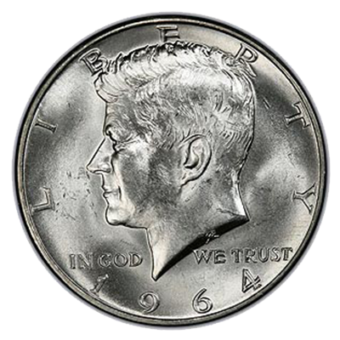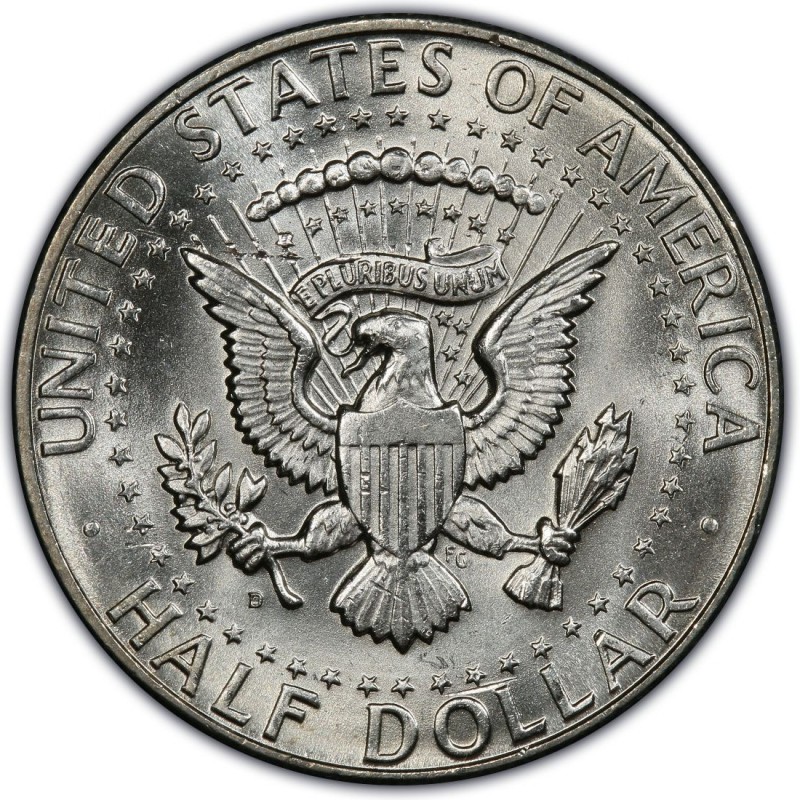A Daily Journey Through the Week's Market
Monday - 4.15.24: Gold prices reached an all-time high, trading around $2,400 per ounce amid heightened financial market uncertainty and geopolitical tensions. The surge in gold was complemented by a significant increase in silver prices, which were trading around $28.70 per ounce, up by approximately $0.77 from previous values. The robust performance of these precious metals is largely attributed to their status as safe-haven assets, which typically see increased demand during times of economic and geopolitical instability
Tuesday - 4.16.24: Gold and silver markets showed varied activities. Gold experienced a modest increase, trading at approximately $2,379 per ounce, marking a slight rise of around $8.30, or 0.35%, from the previous day. Silver also saw a slight uptick, trading at about $28.15 per ounce, which represented an increase of $0.10, or 0.36%. These movements in the precious metals market reflect ongoing adjustments and reactions to global economic signals and investor sentiment regarding safe-haven assets.
Wednesday - 4.17.24: In Wednesday's early U.S. trading, gold prices dipped slightly while silver edged higher amid cautious trading due to Middle East tensions. June gold was down $4.10 at $2,403.70, and May silver increased by $0.194 to $28.57. Federal Reserve Chairman Jerome Powell's recent comments suggested persistent inflation might delay any potential U.S. interest rate cuts, influencing precious metal markets and investor risk aversion. Additionally, geopolitical concerns are heightened after Iran's recent air attack on Israel. In economic news, the Eurozone's consumer price index rose by 2.4% year-on-year, matching expectations.
Thursday - 4.18.24: In Thursday's early U.S. trading, gold and silver prices saw modest increases, with gold up $7.60 at $2,396.00 and silver rising $0.075 to $28.475, driven by ongoing safe-haven demand amid geopolitical tensions. Despite no recent escalations in the Iran-Israel conflict, the market remains cautious, especially as traders anticipate potential weekend developments.
Friday- 4.19.24: On Friday, during early U.S. trading, gold prices experienced a slight decrease, while silver prices also witnessed a minor decline. Ironically, the recent military actions by Israel against Iran are perceived as potentially beneficial, which is generally not favorable for safe-haven metals. As of the last update, June gold was valued at $2,392.90, marking a decrease of $5.10. Similarly, May silver faced a decline of $0.085, resulting in its price being set at $28.295.
Persistent Inflation Challenges Fed's Rate Cut Plans
Federal Reserve Chair Jerome Powell has indicated that it is taking longer than anticipated for inflation to stabilize at the central bank's 2% target, suggesting a delay in the anticipated interest rate cuts. In a recent statement, Powell highlighted that despite solid economic growth and a robust labor market, there has been no significant progress on curbing inflation so far this year. This assessment throws into question the timing of future rate reductions, previously expected by many investors as early as this year. Despite the aggressive rate hikes over the past two years, which saw rates soar from near zero to over 5%, inflation remains stubbornly high. With the consumer price index rising more than expected and inflation at its highest level since last September, the Fed now projects fewer rate cuts this year, adjusting their policy in response to persistent inflation pressures.
Mixed Reactions in Metals Markets Amid Geopolitical Tensions and Trading Trends
Gold and silver prices saw modest declines in early U.S. trading on Friday, following an Israeli air strike on Iran. The strike, perceived by some as a step toward de-escalation, diminished the appeal of these metals as safe havens. June gold dropped to $2,392.90, and May silver fell to $28.295. The limited damage from the strike led to a muted market reaction, with speculation about future military engagements remaining. Amid this geopolitical tension, gold demand in China surged, influencing global trading volumes. Global stock markets showed mixed results, and commodities like oil and the U.S. dollar also fluctuated. Gold and silver maintain a strong bullish outlook, with technical indicators suggesting potential for future price gains.
Gold Defies Economic Headwinds, Climbs Above $2400
Despite diminishing hopes for Federal Reserve rate cuts, gold prices have soared, with the most active June contract peaking at $2,414.80 and settling at $2,407.80 in New York trading. The surge to over $2400 is driven by escalating inflationary pressures, intensifying geopolitical conflicts—particularly the recent missile and drone attacks by Iran on Israel—and downturns in Chinese property and equity markets. Even as the Federal Reserve signals a potential prolongation of current interest rate levels to combat persistent inflation, gold continues to attract investors as a safe-haven asset. This rally occurs despite challenges such as a strengthening U.S. dollar and rising Treasury yields, underscoring gold's appeal in times of uncertainty and market volatility.
China's Strategic Gold Purchases Amplify Global Prices Amid Dollar Decline
China's role as a key player in the BRICS alliance is significantly influencing global gold prices, as it increases its purchases of the metal. This strategic accumulation comes at a time when the US dollar is losing its footing as a dominant global reserve currency. In recent months, the price of gold has surged to record highs, reaching $2,342.43, fueled by the People’s Bank of China's active investments. This rise is attributed to gold's dependable liquidity and its perceived stability during economic downturns, making it a preferred alternative to the weakening US dollar.
Additionally, the ongoing efforts by the BRICS nations to move away from the US dollar to more diversified reserves include the potential introduction of a BRICS currency backed by gold, further driving up the demand for the precious metal. China's increased gold reserves, along with supportive economic conditions and the broader de-dollarization strategy, are positioning it to potentially lead in the global gold trade.
Silver's Potential to Surpass Gold Despite Recent Volatility
Despite recent setbacks, silver remains poised to potentially outperform gold, according to market analysts. On a significant trading day, silver surged near $30 per ounce but faced resistance at $29.90, eventually stabilizing at $28.44. In contrast, gold retracted below $2,400 after an initial rally. Analysts attribute these movements to rising geopolitical tensions and persistent inflation, viewing both metals as reliable inflation hedges. While some suggest taking profits at current levels, others, like TD Securities, remain bullish on silver due to potential supply shortages and the underpriced possibility of a "silver squeeze." Investors are cautioned against chasing the volatile market but are encouraged to consider buying on dips.
America's Perilous Path: Financialization Leading to Economic Troubles
America is experiencing a profound economic shift that mirrors the decline of great historical empires, as the phenomenon of financialization takes hold. This process has seen the financial sector grow from a modest 10% of GDP in 1970 to a staggering 20% today, driven by an aggressive pursuit of debt and speculative bubbles. This expansion has not only overshadowed genuine productive enterprises but also stifled real investment and savings, creating a facade of prosperity while setting the stage for a potential catastrophic financial collapse. As the nation continues to rely on the diminishing returns of past achievements, it faces the daunting prospect of a crisis that could surpass those experienced by previous global powers.
Get Ready for Gasoline Prices to Double
Prepare for a sharp rise in fuel costs. The looming “greater” conflict between Israel and Iran, no longer a distant prospect, is now a direct threat to our wallets and way of life. The closure of the Strait of Hormuz, through which a significant portion of global oil passes, could double gasoline prices practically overnight. The potential blockade and destruction in key oil-producing regions could cripple global supply chains and send us spiraling into economic turmoil. Forget the price hikes we’ve seen so far. What’s coming will likely be much more painful and damaging to our economy.
The Burden of the National Debt: A Taxpayer's Dilemma
Under the current administration, America's escalating national debt has reached a critical juncture, absorbing nearly half of all personal income tax revenue to cover its burgeoning interest payments. Taxpayers now find that 39 cents of every dollar paid in income tax is allocated toward servicing the interest on a national debt that has surpassed $34 trillion. This mounting fiscal pressure threatens to consume all income tax revenue in the foreseeable future, propelling the nation toward an unsustainable financial trajectory. As interest costs are projected to surpass both Medicare and defense spending by 2024, Americans are ensnared in a perpetual cycle of borrowing and excessive spending. This relentless financial burden not only jeopardizes the current economic stability but also commits future generations to a legacy of overwhelming debt and economic stagnation.
BRICS Advocates for Shift from US Dollar in Middle Eastern Oil Trades
Amid escalating tensions following Iran's missile drone attacks on Israel, the BRICS alliance has intensified its push for Middle Eastern countries to abandon the US dollar in oil transactions. The call to replace the dollar with local currencies for oil payments is part of a broader strategy aimed at undermining the dollar's global dominance. Russian President Vladimir Putin highlighted the potential for oil-producing nations in the Middle East to dramatically reduce the US dollar’s hegemony if they switch to local currencies for their energy transactions. The recent inclusion of oil-rich nations like the UAE, Egypt, Ethiopia, and potentially Saudi Arabia into BRICS strengthens the bloc’s position in promoting this significant shift in global economic practices. While the US dollar remains the dominant medium for oil and gas settlements, the concerted effort by BRICS could redefine international trade dynamics if Middle Eastern producers heed the call.
Next Week’s Key Events
Monday, April 22
● None scheduled
Tuesday, April 23
● 9:45 am: S&P Flash U.S. Services PMI (April)
● 9:45 am: S&P Flash U.S. Manufacturing PMI (April)
● 10:00 am: New Home Sales (March)
Wednesday, April 24
● 8:30 am: Durable Goods Orders (March)
Thursday, April 25
● 8:30 am: GDP (Q1)
● 8:30 am: Initial Jobless Claims (April 20)
● 10:00 am: Pending Home Sales (March)
Friday, April 26
● 8:30 am: PCE Price Index
● 10:00 am: Consumer Sentiment (April)
IMPACT ON PRECIOUS METALS MARKETS
Durable Goods Orders: This report measures the monthly change in total value of new orders for long-lasting manufactured goods. An increase typically signals strength in the manufacturing sector and can strengthen the USD, potentially putting downward pressure on gold and silver prices, as these assets are priced in dollars.
S&P Flash U.S. Services PMI: This indicator reflects the health of the services sector, with a reading above 50 indicating expansion. Stronger services data can enhance investor confidence in economic growth, potentially reducing demand for safe-haven assets like gold and silver.
S&P Flash U.S. Manufacturing PMI: Similar to the services PMI, this index gauges the health of the manufacturing sector. A robust manufacturing PMI suggests economic strength, potentially boosting the USD and negatively impacting gold and silver prices.
New Home Sales: An increase in new home sales indicates a stronger economy, which can lead to higher interest rates and a stronger USD, generally causing gold and silver prices to drop as other investments may offer higher returns.
GDP: Gross Domestic Product growth indicates the pace of economic expansion or contraction. Higher-than-expected GDP growth can strengthen the USD and increase market risk appetite, decreasing the appeal of gold and silver as safe havens.
Initial Jobless Claims: This weekly report provides insights into the health of the labor market. Fewer claims can signal a strong job market, bolstering the USD and reducing the appeal of precious metals like gold and silver.
Pending Home Sales: This metric indicates the health of the real estate market. An increase in pending sales can signal economic strength, potentially leading to higher USD values and lower gold and silver prices.
PCE Price Index: The Personal Consumption Expenditures Price Index is an indicator of inflation. Rising inflation can lead to higher gold and silver prices as these metals are often used as hedges against inflation.
Consumer Sentiment: This index measures the economic optimism of consumers. Higher consumer confidence can boost stock market performance and reduce demand for safe-haven assets like gold and silver.








